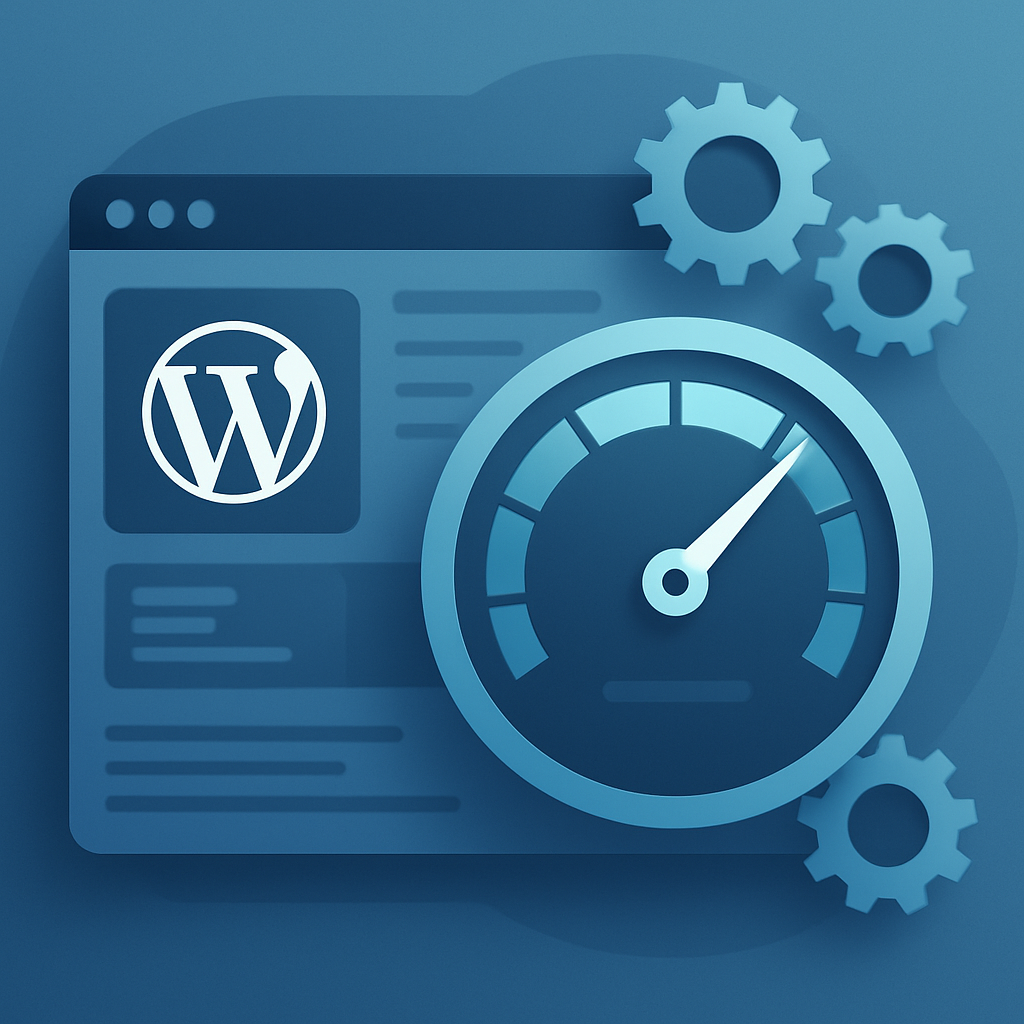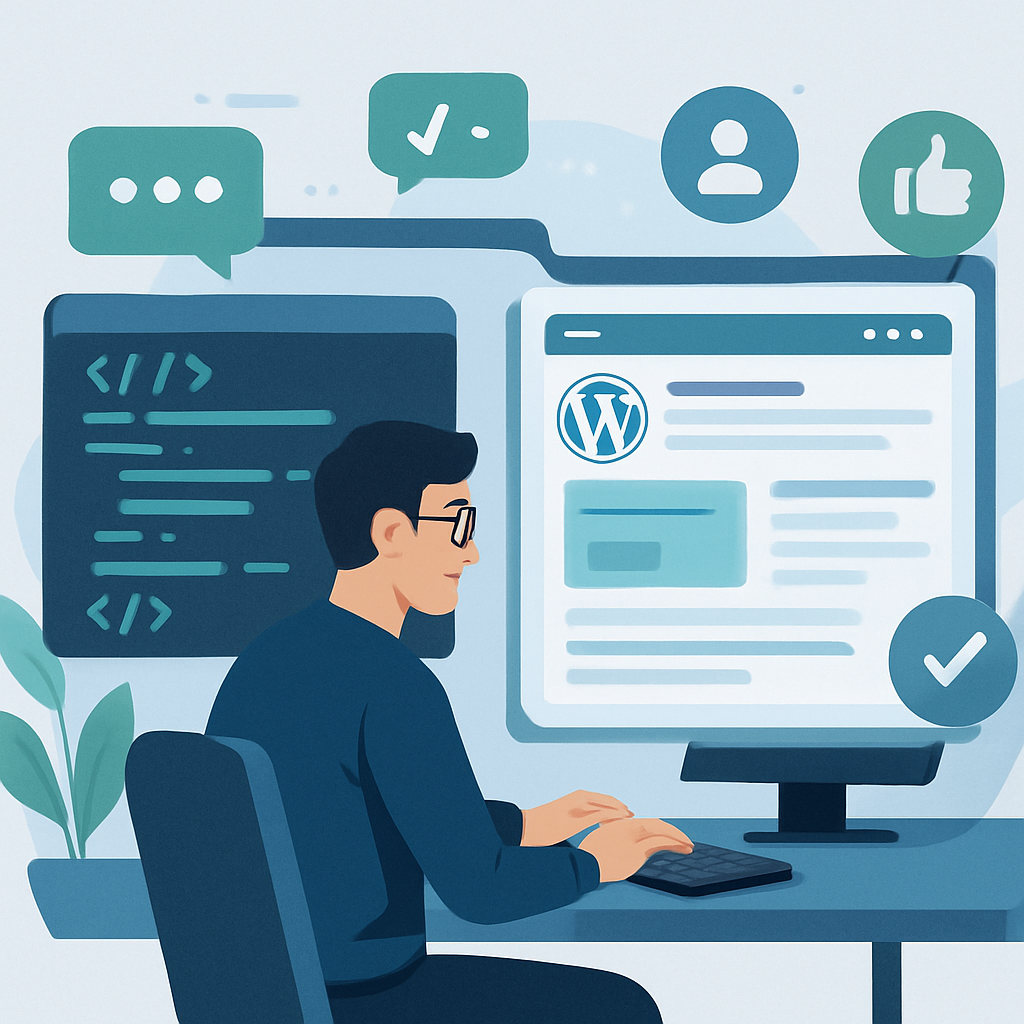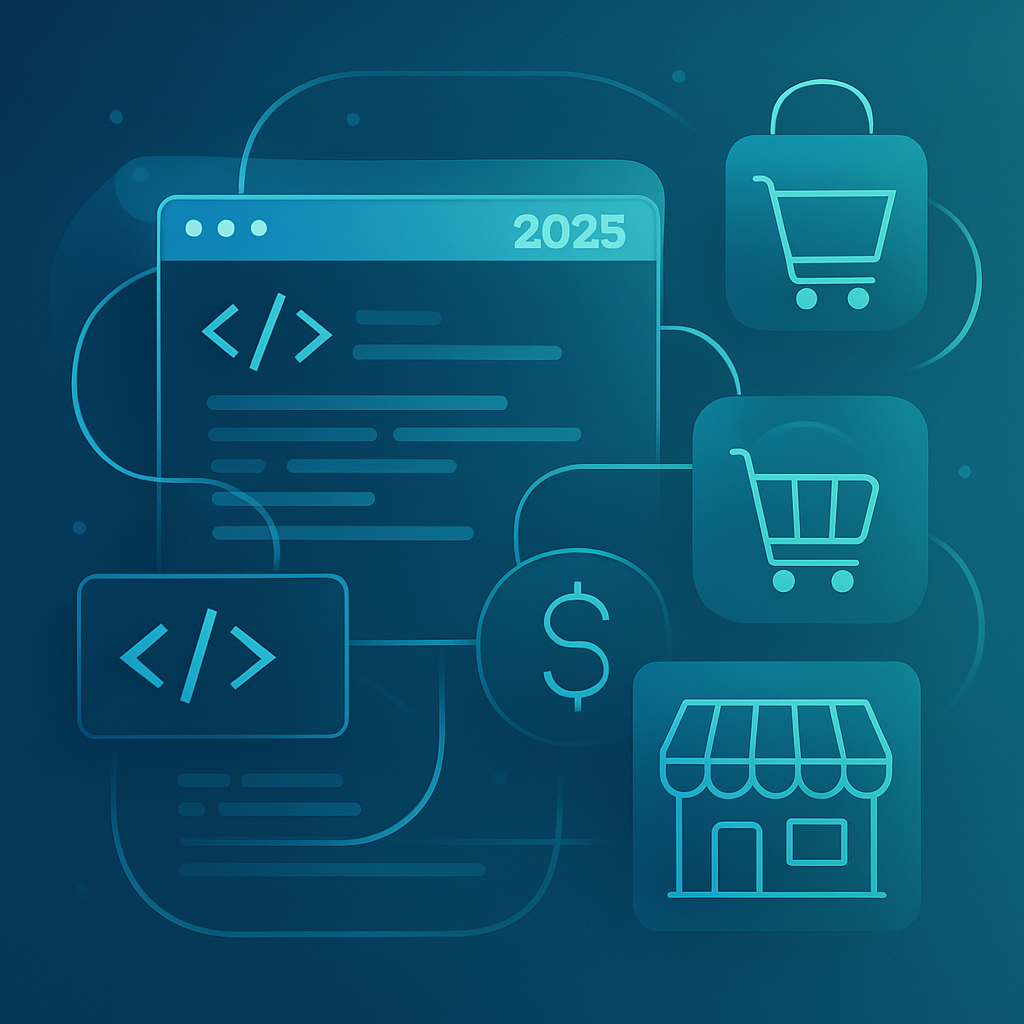
Maximizing Efficiency and Innovation in Custom Software Outsourcing
Introduction: Navigating the Outsourcing Landscape
In 2025, as digital transformation accelerates across industries, Custom Software Development outsourcing has become a cornerstone strategy for businesses aiming to maximize innovation and operational efficiency. Organizations today face the challenge of delivering tailored software solutions rapidly while managing costs and accessing specialized talent pools. Outsourcing presents a compelling mechanism to address these demands, but success hinges on adopting strategic approaches that prioritize collaboration, quality, and agility.
Understanding the Value of custom software development outsourcing
Custom software development outsourcing moves beyond off-the-shelf solutions, enabling businesses to create tailored applications fitting unique processes and market needs. Outsourcing these services allows companies to:
- Access global expertise: Tapping into diverse technical talent worldwide encourages innovation and incorporates varied perspectives.
- Scale flexibly: Companies can expand or reduce development capacity based on project phases without long-term overhead.
- Focus on core competencies: Delegating software development frees internal teams to concentrate on strategic initiatives.
- Optimize costs: Outsourcing often reduces expenses related to recruitment, training, and infrastructure.
Key Outsourcing Strategies to Maximize Efficiency and Innovation
1. Embrace Agile and Collaborative Frameworks
Successful outsourcing in 2025 heavily relies on agile methodologies that facilitate continuous feedback, iterative development, and adaptive planning. Establishing collaboration platforms with real-time communication tools helps synchronize efforts among distributed teams, fostering transparency and swift issue resolution.
Example: A fintech startup partnered with a remote development team across multiple regions using Scrum. Daily stand-ups and shared dashboards ensured alignment, enabling rapid feature deployment aligned with customer feedback.
2. Prioritize Cultural and Time Zone Compatibility
Aligning company culture and ensuring reasonable time zone overlaps enhance seamless communication and mutual trust. While 24-hour development cycles can speed delivery, overlapping working hours are critical for synchronous discussions and decision-making.
Insight: Businesses partnering with teams in proximate time zones often report fewer misunderstandings and faster turnaround times, underscoring the need for strategic partner selection.
3. Implement Rigorous Quality Assurance and Security Protocols
Outsourced projects demand robust quality assurance (QA) processes from the outset. Integrating automated testing, continuous integration pipelines, and security audits protects against defects and vulnerabilities that compromise software performance and user trust.
Trend: Given rising cyber threats in 2025, embedding DevSecOps practices within outsourcing teams is becoming a standard to ensure secure software design and deployment.
4. Leverage Emerging Technologies and Custom Tools
Outsourcing partners who specialize in cutting-edge technologies—such as AI/ML integration, microservices, and cloud-native architectures—bring innovation advantages. Custom-built tools tailored to project needs optimize workflows and automate repetitive tasks, boosting efficiency.
Case Study: A healthcare provider outsourced development of a patient scheduling system that integrated machine learning algorithms for predictive analytics, driving operational improvements and personalized experiences.
5. Define Clear Objectives and Transparent KPIs
Establishing well-defined project goals with measurable key performance indicators (KPIs) enables partners to focus on outcomes rather than just deliverables. Regular performance reviews and adaptive plans keep projects agile and aligned with business needs.
Emerging Trends Impacting Outsourcing in 2025
Distributed Development Ecosystems: The rise of decentralized teams connected through cloud environments is fostering innovation through diverse expertise pools.
AI-Augmented Software Development: Incorporating AI-based code generation and testing tools within outsourced teams accelerates development speed and precision.
Sustainability Focus: Sustainable IT practices in outsourcing, including green data centers and energy-efficient coding, are gaining priority among eco-conscious businesses.
Challenges and Mitigation Strategies
Despite benefits, outsourcing can face hurdles such as communication barriers, fluctuating project scopes, and vendor lock-in risks. Mitigation involves:
- Establishing comprehensive contracts with flexible scopes.
- Maintaining regular alignment meetings and transparent documentation.
- Building internal expertise to manage outsourcing relationships effectively.
Conclusion: Crafting a Strategic Outsourcing Partnership
Maximizing efficiency and innovation through custom software development outsourcing requires intentional strategy and ongoing partnership management. By embracing agile collaboration, prioritizing cultural fit, enforcing quality and security, leveraging emerging tech, and setting clear metrics, companies position themselves to thrive in the competitive 2025 landscape. The future of outsourcing is not merely transactional but a dynamic collaboration driving transformative business outcomes.






